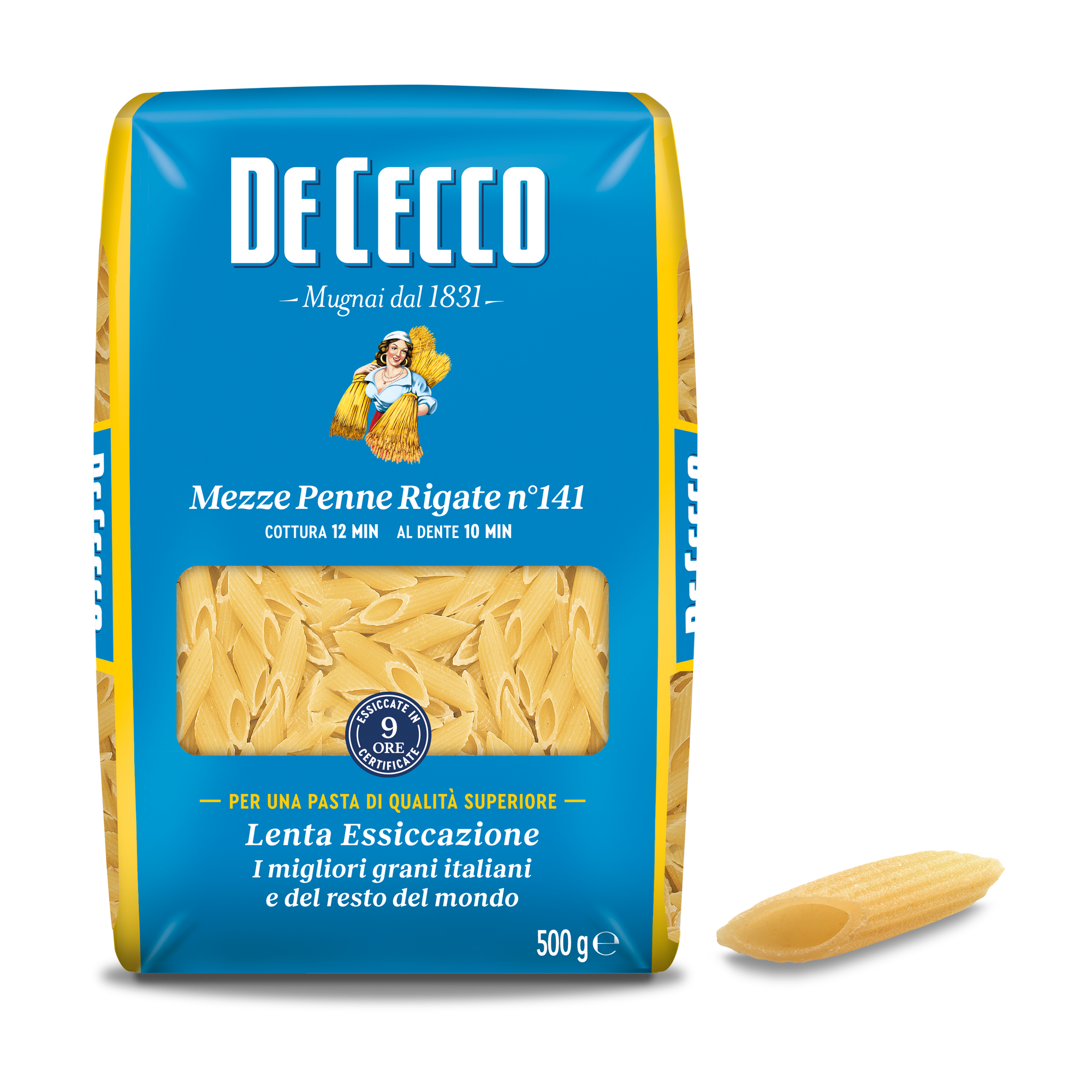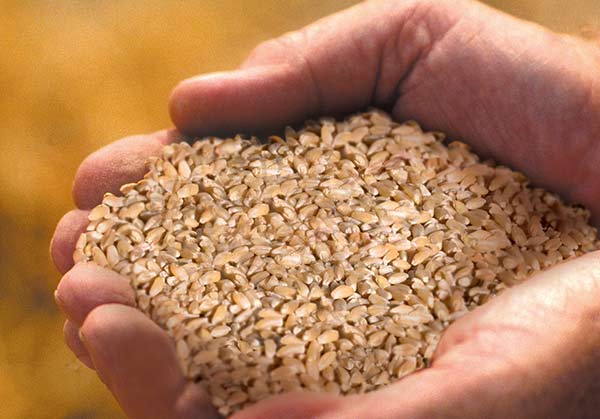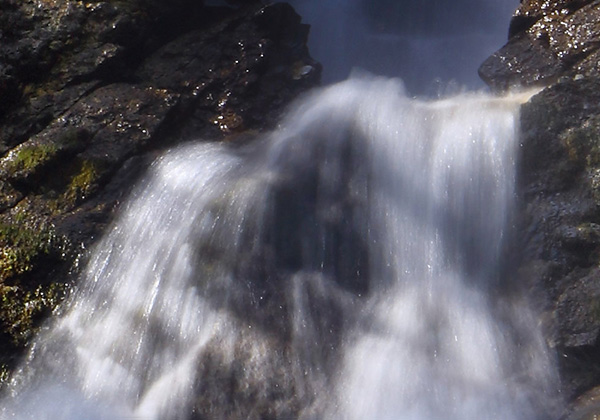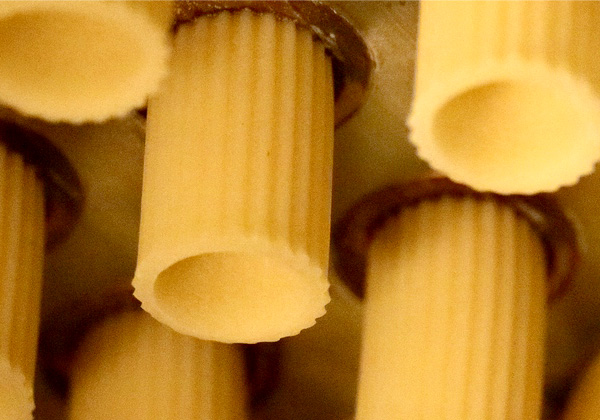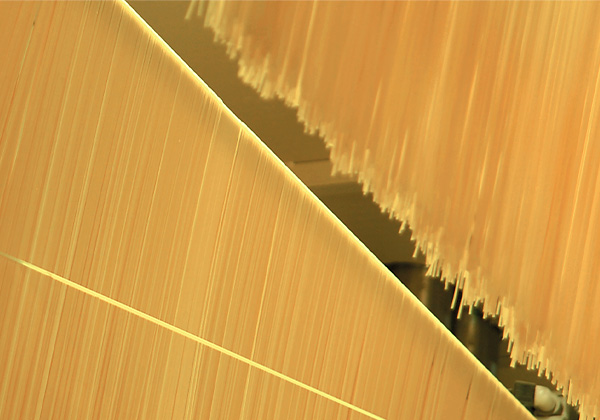Lasagna Larga Doppia Riccia n° 1
Lasagna Larga Doppia is a special type of lasagna that is very wide with a wavy edge on both sides.
It is said to be originally from southern Italy in general and from the Campania region in particular.
When cooked, a slight difference in consistency in the smooth and the wavy part is a distinctive feature of this type of pasta, just as it is for all those with wavy edges The wavy part is also perfect for retaining more sauce.
Lasagna is one of the oldest forms of pasta recorded. It probably corresponds to the Latin "Lagana" (which in turn was derived from the Greek "laganon": large, flat sheet of pasta cut into strips) and it began to be known as "Lasagna" probably after the year 1000 AD. The first traces of the widespread use of the term "Lasagna" can be found in the works of the most renowned 12th century Italian poets. "Granel di pepe vince / per virtù la lasagna", (a peppercorn beats lasagna for virtue) states Jacopone da Todi. Cecco Angiolieri,on the other hand, warns his readers, "chi de l'altrui farina fa lasagne / il su' castello non ha ne muro ne fosso" (He who makes lasagna with another's flour / his castle will have no walls or moat).
This type of pasta is recommended with Neapolitan ragù, as well as with ricotta, meat and game sauces. The recommended method to prepare Lasagna is to showcase it in oven-baked dishes (pasticci al forno) with sauces and béchamel, which are so well-loved in Italy that they are called after the pasta itself.
Available in 500g pack.s
- Cooking time: 24 min
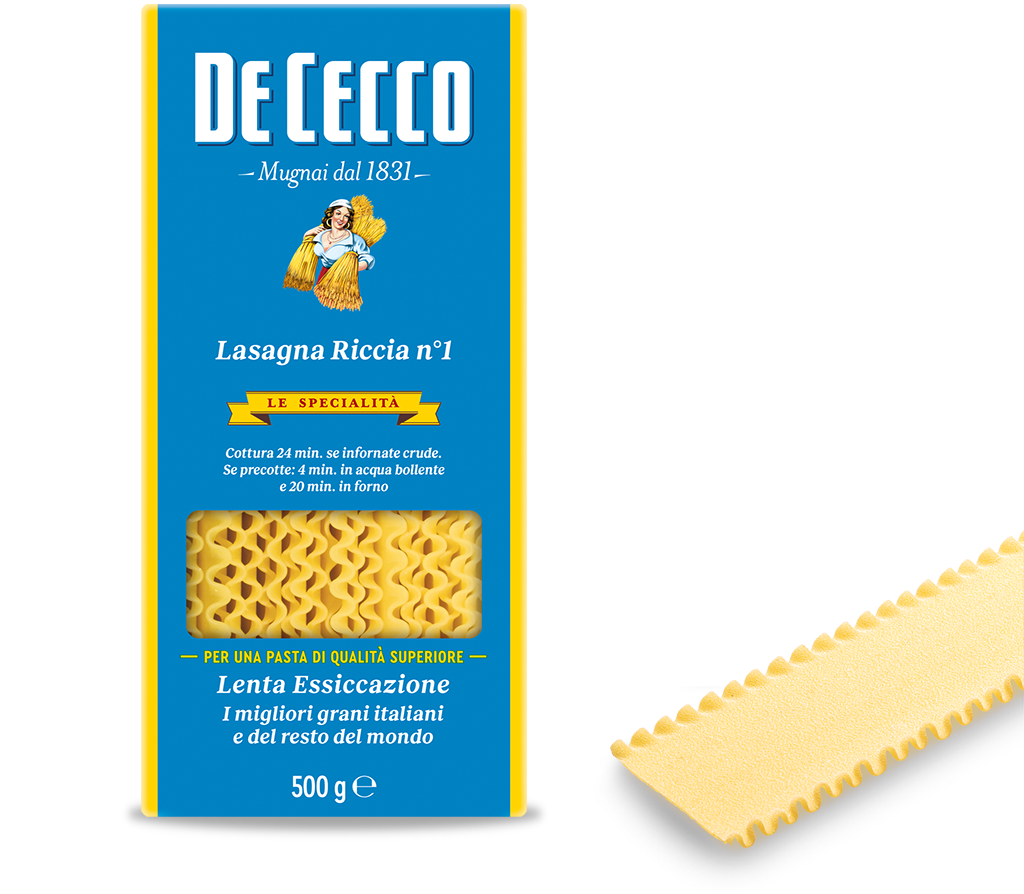
play
Our method
Attention, care, experience, quality at every stage: from our mill to your table.
You may also be interested in
Mezze Penne Rigate n° 141
Mezze Penne Rigate belong to the family of Penne, but differ as they are slightly shorter.
In Italian, the term "Penne" refers to the goose feather which was used historically to write with and was cut on a diagonal to achieve a really thin tip. The shape, obtained from a pasta tube, can be smooth or ridged, of varying length and has the typical diagonal cut of a quill.
Penne are one of the few types of pasta for which there is an exact date when it was created. Indeed, in 1865, a pasta-maker from San Martino d'Albaro (Genoa), Giovanni Battista Capurro, requested and obtained a patent for a diagonal cutting machine. The patent was important because it meant the fresh pasta could be cut like a quill without crushing it and in different lengths from 3 to 5 centimetres (mezze "half" penne or penne). The document preserved in the Central Archive of the State of Rome reads: "Up until now, a diagonal cut could only be made by hand with a pair of scissors which, in addition to being slow and time-consuming, also resulted in an irregular cut which flattened the pasta".
The smaller-sized Mezze Penne Rigate are perfect for stirring up together with creamy sauces, both red ones made with tomatoes or white ones made with cheese, or with classic vegetable soups to be eaten with a spoon.
Available in 500g and 3 Kg packs.
Find out more
